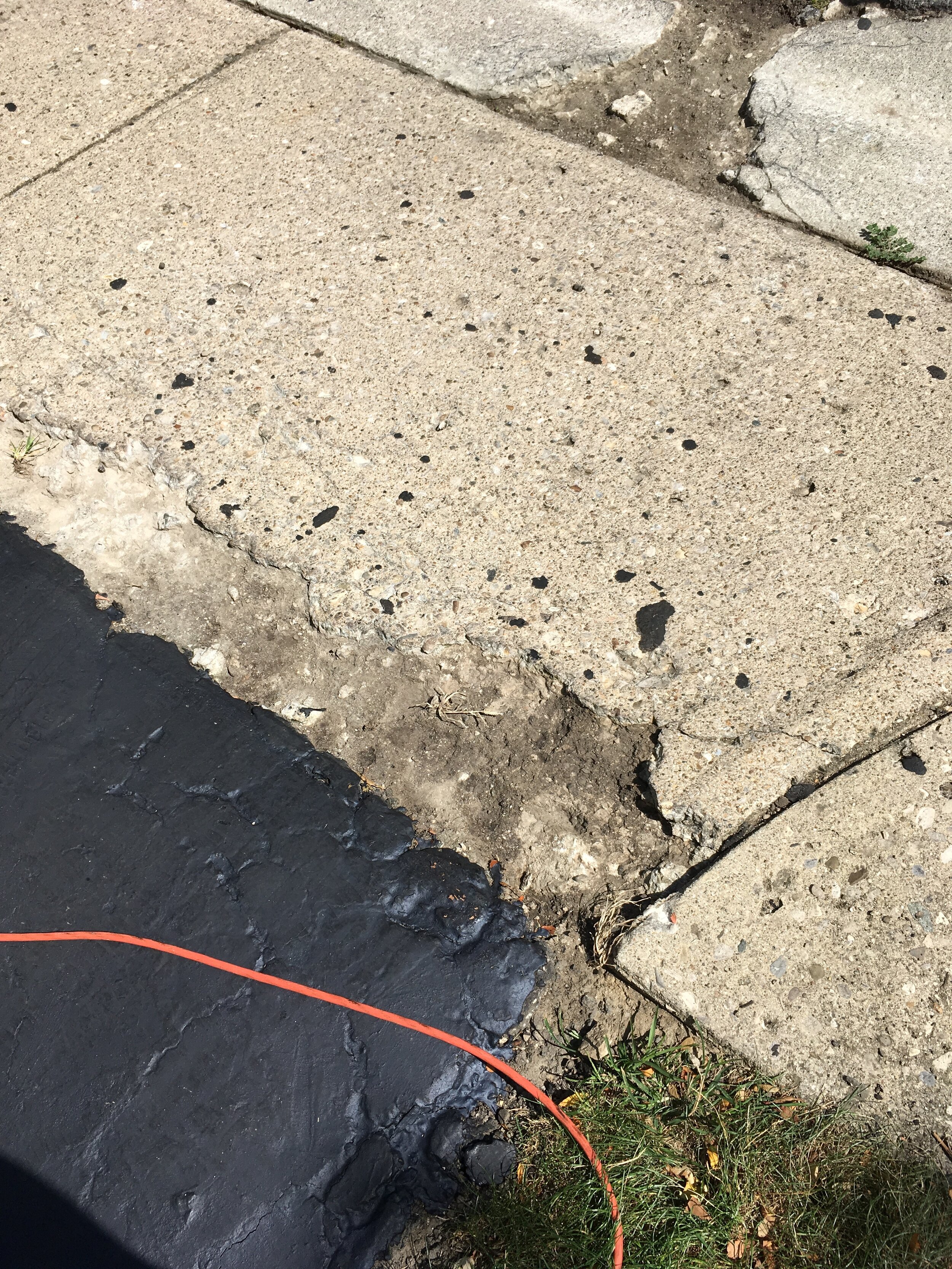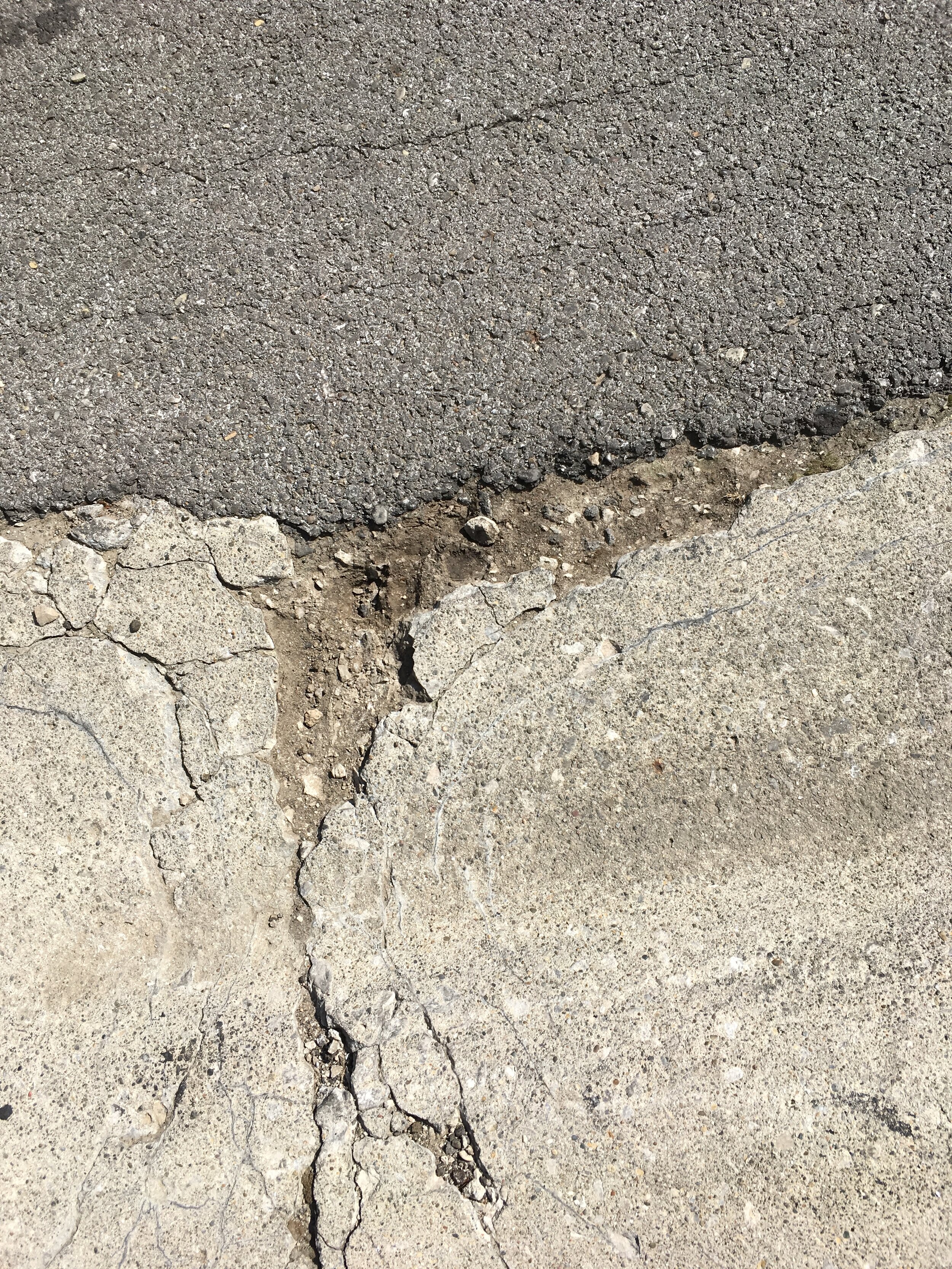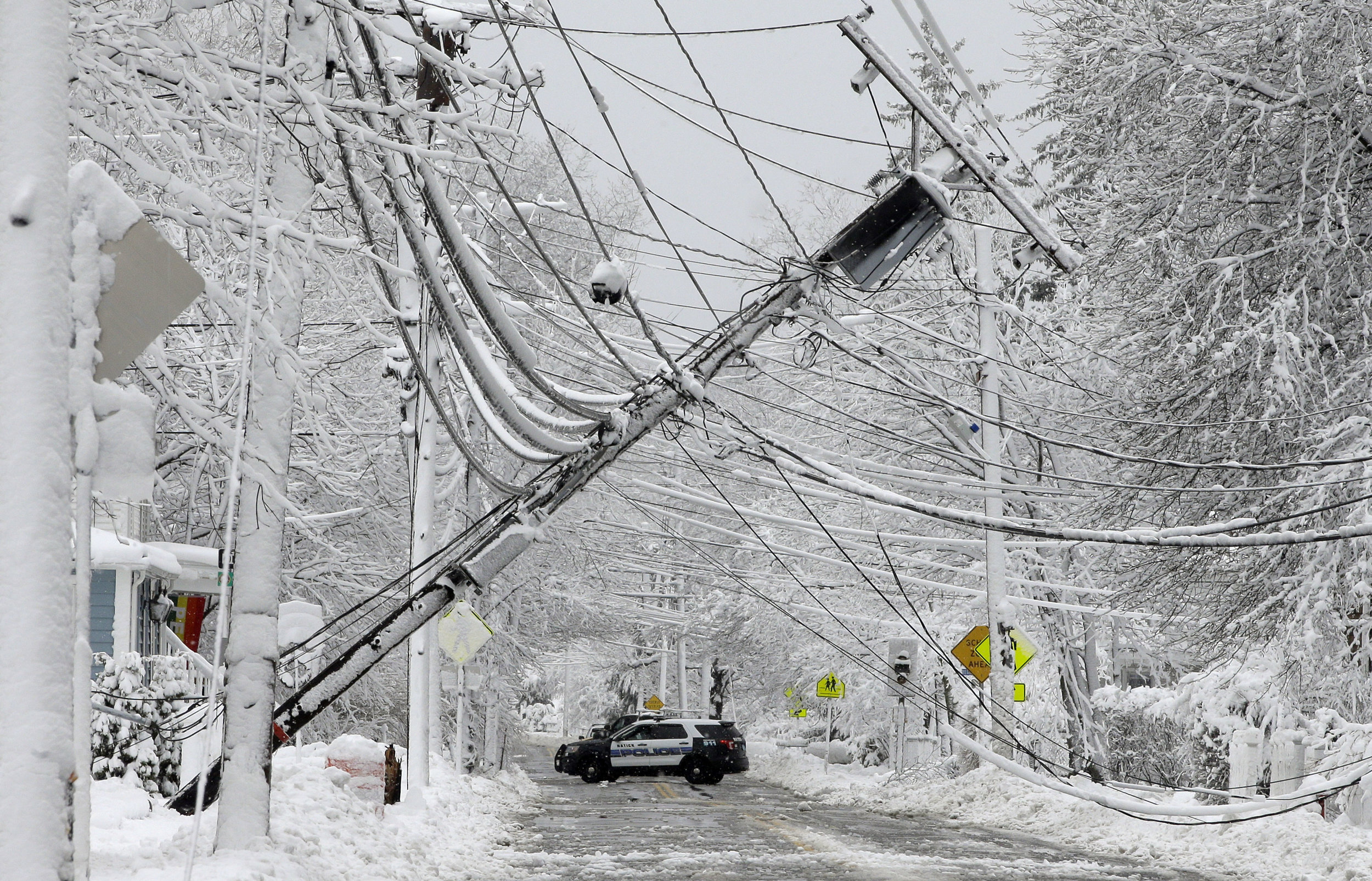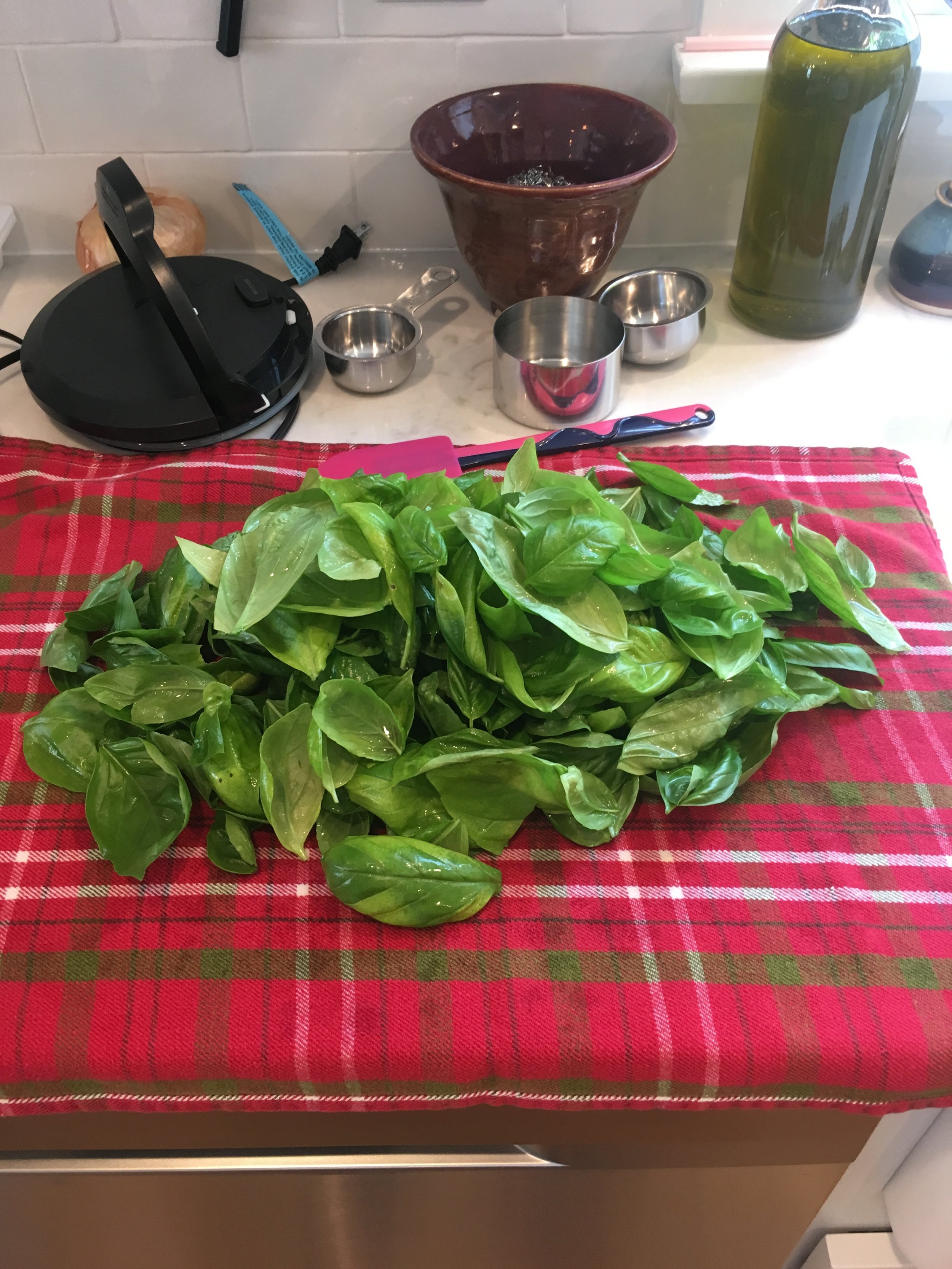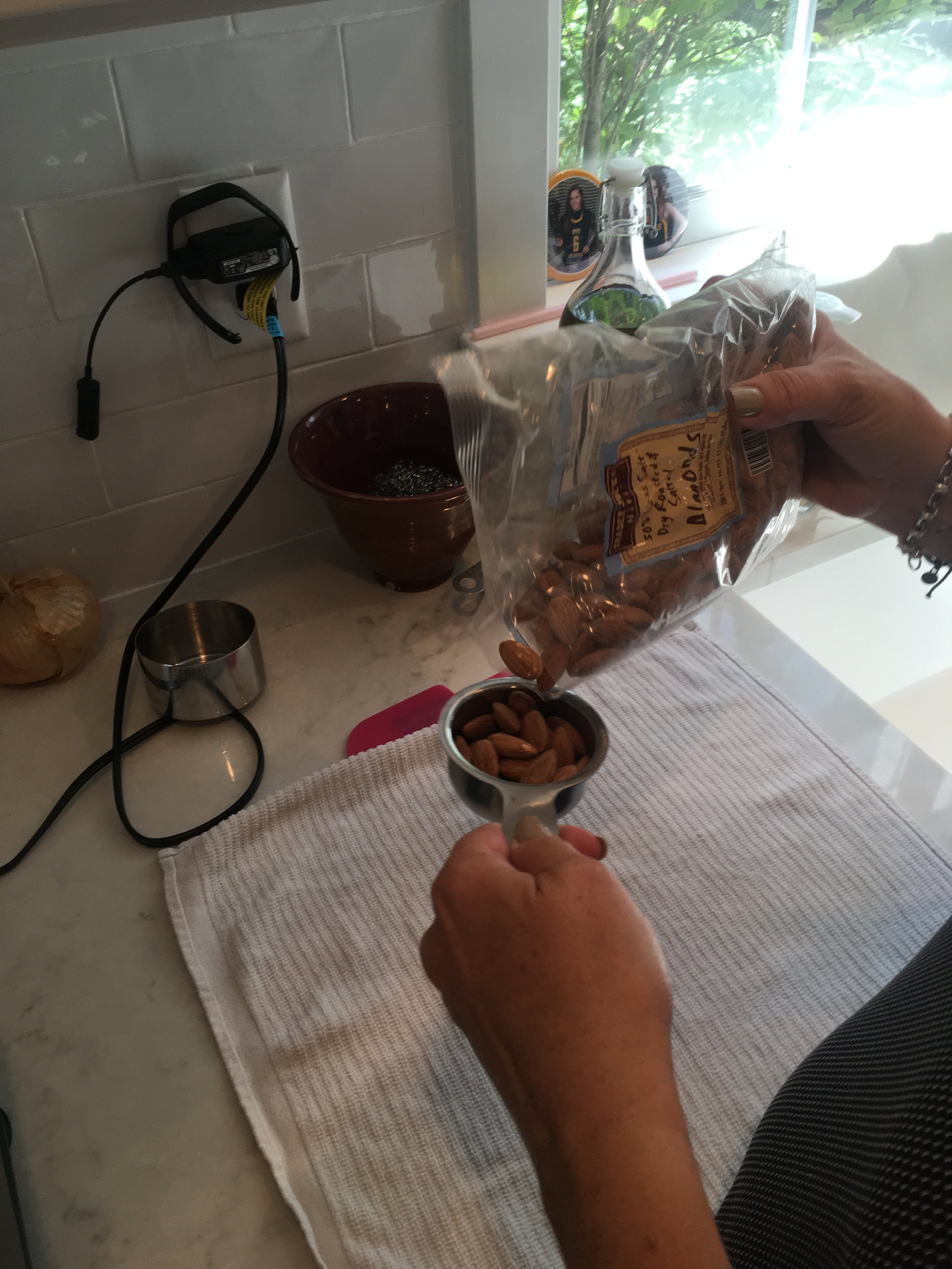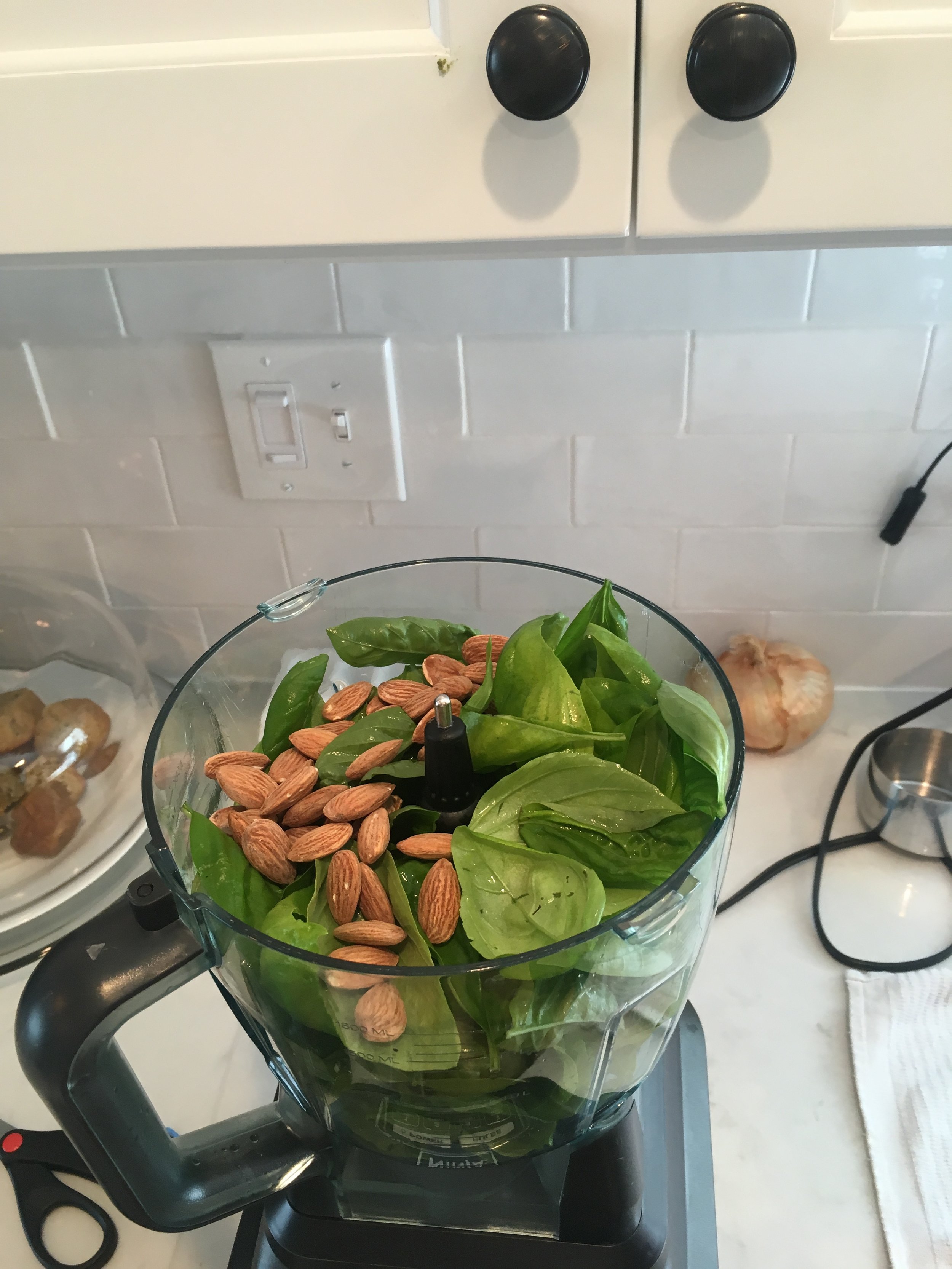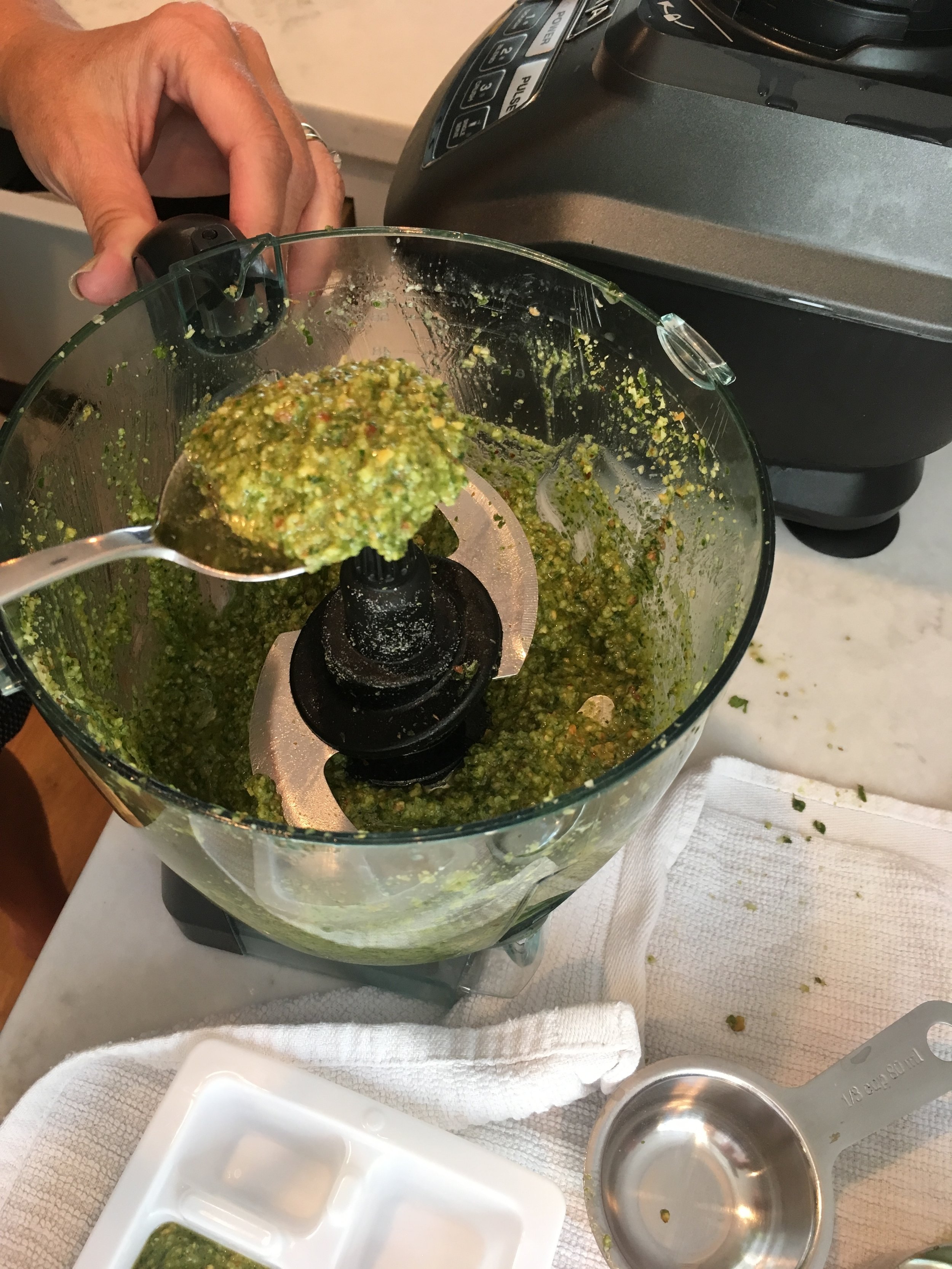The folks over at the Farmer’s Almanac recently published their predictions for this winter and the majority of spring/summer 2020. Based on their time-tested analysis, the bulk of us here in the Midwest can expect a harsh winter. The wife and I were actually kinda giddy about the prediction. The topic of winter prep came up recently with a friend of mine too and… well; frankly, I’m actually concerned for him and his family.
As we discussed the Farmer’s Almanac over lunch, I asked my friend if he was getting ready for winter and the inevitable power outages. I asked him about his winter preparations because I knew that he and his family had recently purchased a new home within the last year. The first question I asked was whether he had a generator (whole house or portable).
He scoffed, guffawed, and chuckled before replying, “Wife won’t even entertain the option.”
Knowing that he and his family live in a more rural setting (meaning small town and well outside of the major city limits that I live in), his reaction made me curious.
Ok, I thought. Generators can get pricey and they are a one-income family with a pre-school aged child. This could explain the wife’s reaction. From there I switched gears and asked about his firewood situation.
“Don’t have any,” was his reply. “And I’m not entirely sure the fireplace even works.”
Oh, boy.
As a suggestion, and to keep his costs down, I recommended that he review his home purchase paperwork, specifically the home inspection pages. Somewhere in there, it should have noted the condition of the chimney and flue. He may be able to avoid the cleaning costs if it’s denoted in his paperwork as not requiring any servicing.
Not wanting to see my friend and his family suffer needlessly, I asked, “Do you have a wood stove, or wood pellet stove, or some sort of kerosene heater?”
“Nope, nope, and nope,” came his reply.
“Uh, so what are going to do when the power goes out for days?”
“Freeze, I guess,” was his response.
He was dead serious.
He went on to explain that their previous house had a wood pellet stove to supplement their electric furnace and keep bills down. However, since it was a rental home, it wasn’t theirs so they couldn’t take it with them when they moved. I also learned that at some point in their marriage they’d gone without power for several days. He made of point of mentioning that, at that point in their lives, they had a gas stove/range and a gas water heater, coupled with two golden retrievers and a loaned kerosene heater. They made do but still froze their butts off.
That’s when I reminded him that they had previously done this without a child to care for.
I think I saw a little light bulb go off above his head at this comment.
Actually, I think it was flashing red and lighting up a big sign that said, “Oh shit!”
It went downhill from there.
Here’s an excerpt from my yet unpublished non-fiction piece Preparing to Prepare. It lends itself to my friend’s predicament and our conversation:
**********
When people hear the words ‘self-sufficiency’ and ‘preparedness’ together in the same sentence, they typically conjure up images of a reclusive, grungy, bearded prepper living off-grid in the woods in a makeshift bunker. While, I find this juxtaposition hilarious, I also happen to know that those terms get a bad rap. What this guide will show you is that anyone and everyone is, in a general sense, preparing for something. The difference is that we don’t ascribe those terms to say:
Suzy Homemaker who purchased some extra cases of water for her family because the dog days of summer are approaching.
Johnny Backwater who purchased two dozen sheets of plywood so he could board up his beach house windows when the hurricanes start spinning in the Atlantic.
Grandma Betsy who grew and canned produce from the Victory Garden she just couldn’t give up seventy-five years ago.
Uncle Frank who purchased and filled extra cans of gas for his generator so he could keep the furnace running when winter ice arrives and knocks out power.
When we see examples like these, we say they were smart to be prepared in a good way, like a Boy Scout, not derogatorily. The intent of this guide is to showcase specific examples and scenarios and provide real-world solutions and suggestions so you and your family can weather just about anything.
Now, to get things started, let me ask a simple, direct question:
What do you think you need to prepare for?
This is an extremely important question and you must ask yourself this. Before you answer it though, I want you to think long and hard about it before you answer. Do not make a single purchase or decision until you have this answer. The reason I say this, and stress it the way I have, is that the answer will drive your decision making, thought processes, and spending habits.
Let me ask my initial question differently and associate it to a duration.
Are you preparing for a minor disruption of services (1-week max)?
These types of events are usually your weather and natural phenomenon related events. Things like hurricanes, tornadoes, earthquakes, flooding, wildfires, mudslides, ice storms, and blizzards. If this is the case, you are likely to remain in your primary residence, also known as ‘sheltering in place’. That is, assuming the home hasn’t been so severely damaged to become uninhabitable.
**********
For the purposes of this post, I’ll skip over the everyday preparedness questions you should know the answers to already. These are questions like:
Do you know the location of your important documents?
Do you have a workplace, school, home, and community evacuation plan?
Do you have a designated meeting location in case there is an emergency?
Let’s focus on winter and prolonged periods without electricity.
What do you think of when you think of winter? I’m not talking about hot chocolate, sledding, or chestnuts roasting on an open fire. I’m talking about winter planning when you look beyond the Hallmark movie. Winter is cold and wet. Winter is windy and slippery. Winter has sleet, slush, snow, ice, and snow rollers. If you don’t plan accordingly, winter, and it’s often times brutal cold, can kill you. My suggestion is that you begin reviewing what you do have now, several months before winter. Take advantage of the fact that supplies are in abundance and the weather is nice to get your proverbial house in order. Don’t wait until it looks like this out there…

















